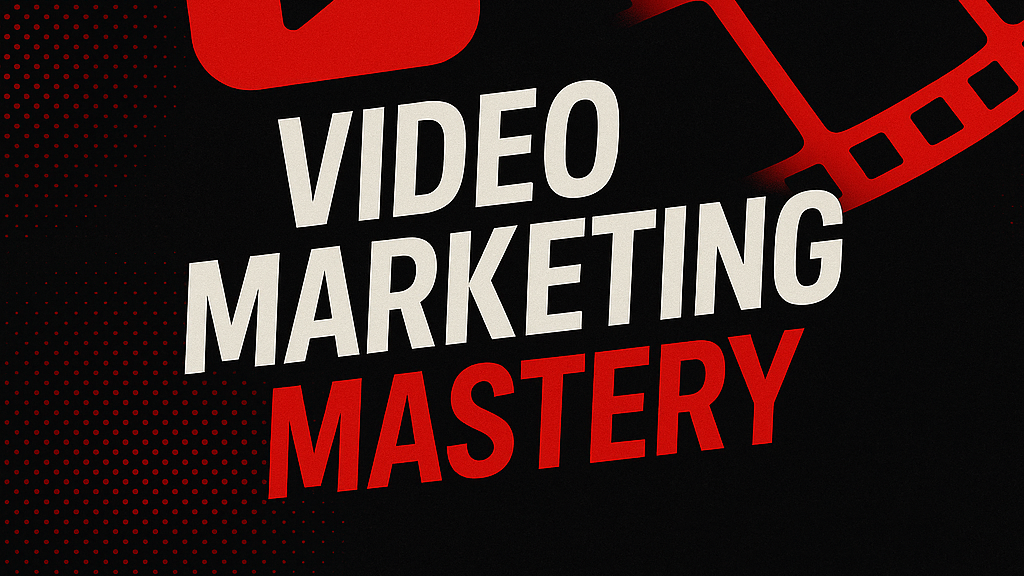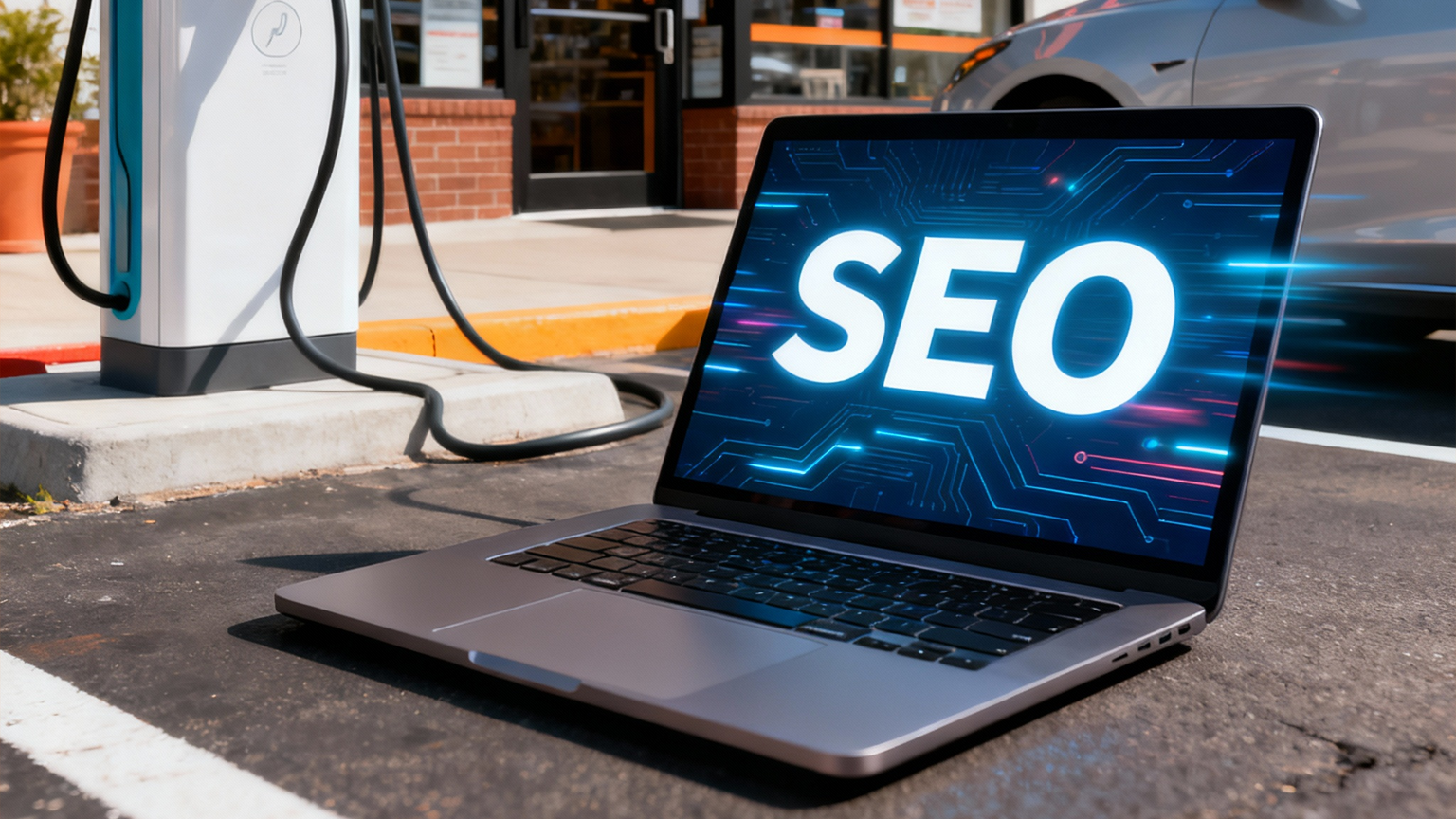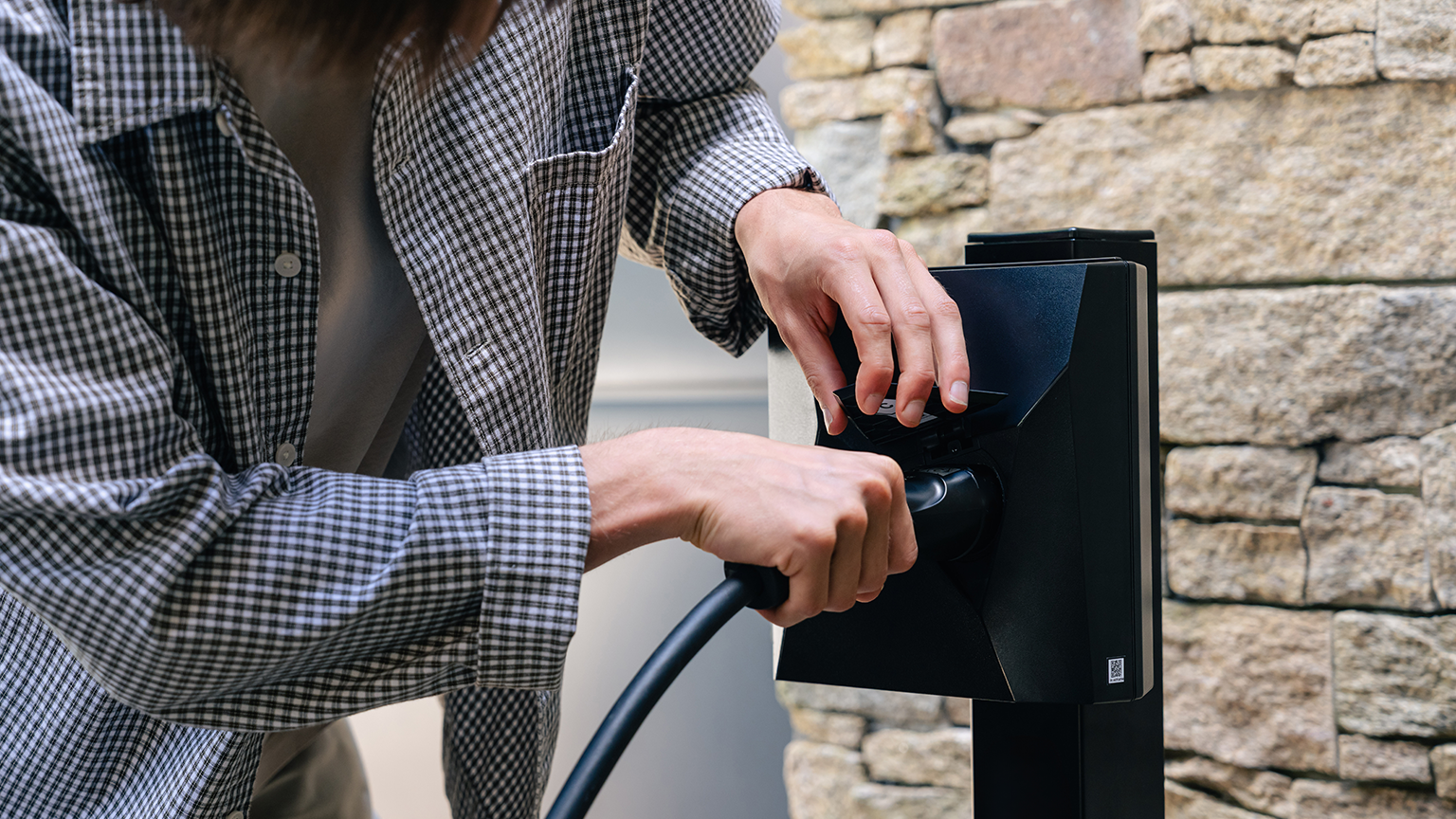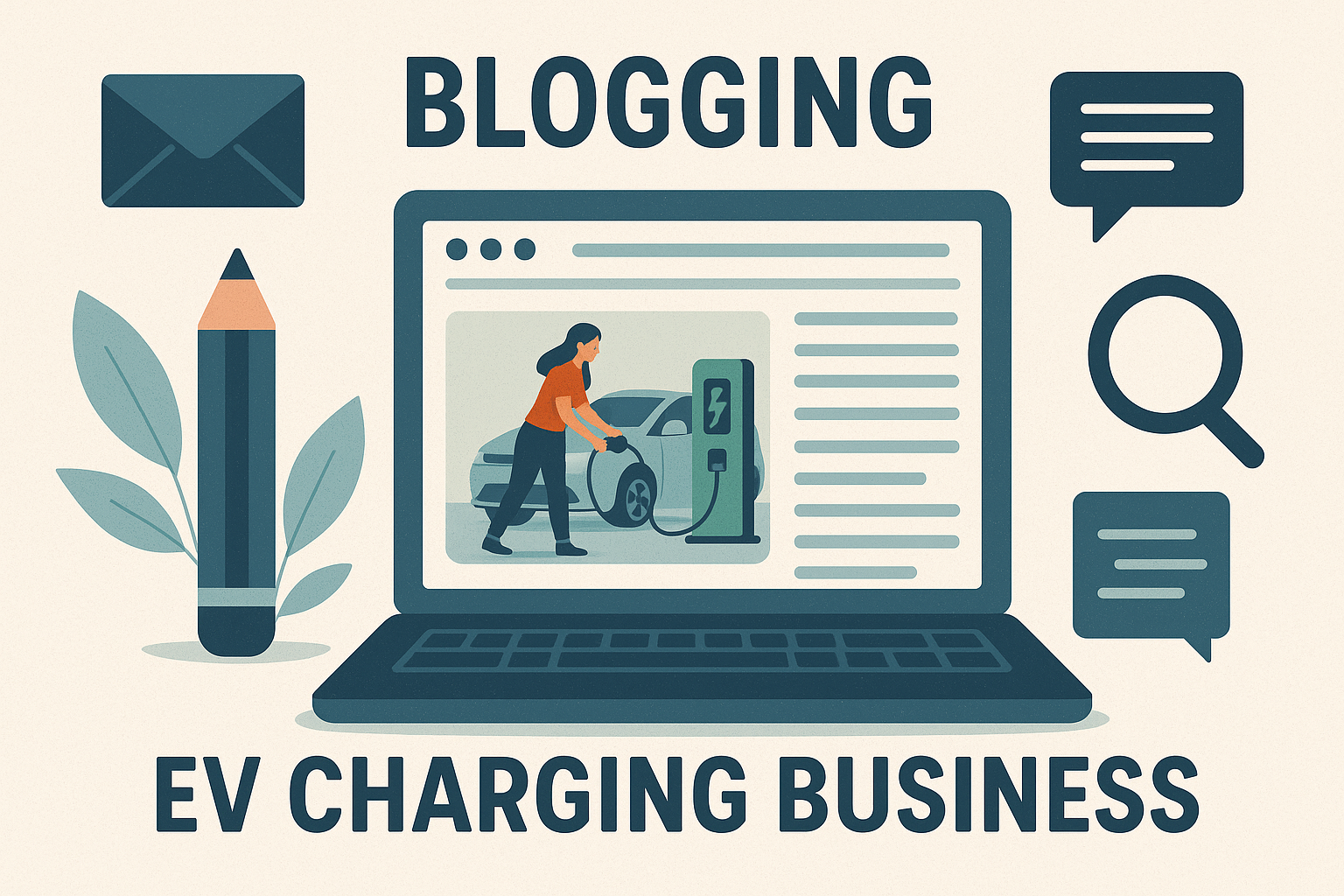If you install or supply EV chargers, your potential customers already exist in the thousands—they just need to find you before they find your local competitors.
But with EV charging becoming an increasingly competitive market, how exactly do you point customers in your direction? Well, technological advancements (namely the internet) have made this both easier and more difficult. While your target market now has more options than ever before, you also have a bigger audience than ever before to tap into, as long as you implement the right local SEO strategies.
So, if you’re looking to get to page 1 of local search results and beat out your competitors with a solid local SEO marketing efforts, you’ll want to work through this checklist as soon as possible.
1. Set Up and Optimise Your Google Business Profile
Assuming that you’re beginning a local SEO marketing strategy from scratch, the first thing to get sorted is your Google Business Profile. This listing essentially puts your business on the map results when people search for things like “EV charger installer near me.” It’s one of the easiest ways to be found by customers who are already at the buying stage and want to quickly browse their options.
Share All The Relevant Data
Given that your business will probably be listed along a few others here, you want to share all the info your customers will expect to see (and make sure it’s all accurate).
This includes your business name, address, phone number, website, and your hours of service, plus your key marketing assets, like clear photos of your building and your logo—maybe even your team if you want to demonstrate your friendliness.
Choose The Right Category and Secondary Categories
Make sure you choose the right business category, which will probably be either “Electric vehicle charging station” or “Electrician,” depending on your setup, and add any relevant secondary categories if you also offer maintenance or repairs. This will help you meet local intent (search queries where customers are looking for information).
Take Advantage Of The Description Section
This data will go so far to explain what your business offers, but you’ll also want to take advantage of the description section. Here, you should explain what you do in plain terms, including the areas you cover and the types of customers you serve (homes, workplaces, fleets, etc).
This is a great opportunity to include a few keywords naturally, like “EV charger installation in Brighton”, “business EV charging stations”, or “EV charger installation services”.
2. Add Local Content to Your Website
If you’re specifically serving one or several local areas with your EV charging business, your website needs to speak directly to your target audience(s), so don’t be too generic with your content.
Optimise Your Homepage
On your homepage, you should clearly list the towns or counties that you serve, but don’t just reel them off and leave it at that—the best content written with local SEO in mind will include actual explanations of what you offer in those places. For example: “We install EV chargers across Sheffield, Rotherham, and Barnsley for homeowners and workplaces.”
Create Service Pages
Another easy way to get your site ranking locally on search engines is to create location pages for each area that you serve. This is a particularly good idea if you want to target several larger, neighbouring locations that will each have their own local customers, like Wiltshire and Somerset. On these pages, you can again write about the work you offer, but add keywords to help the location page rank for a specific area search.
Producing location pages can be pretty time-consuming, involving using keyword research tools and understanding how to meet search intent. If it leans too heavily into SEO for your liking, you might prefer to outsource this job to an expert.
We offer comprehensive digital marketing strategies to help local businesses in the EV charging niche attract their ideal clients. Book a strategy call with us here to discuss what you’re looking to achieve.
3. Get Listed in Online Directories
Forget the Yellow Pages—the only directories you need to get your EV charging business into nowadays are online.
Choose Directories That Rank Well In Your Service Area
There are dozens of local directories that show up in search results, and honestly, there’s no need to be in them all. Just pick the ones that rank well in your area. As well as the more generic directories (Yell, 121 Near Me, etc.), you can also look at directories specific to your area (for example, Swindon Link), or EV-specific directories like Zap-Map or Open Charge Map, which you can use to list public chargers.
Be Consistent With Your Data
It goes without saying that all your listings should include the same NAP (name, address, and phone number) as your website and Google profile. You don’t want to do a rushed job here, either, so commit to filling out every field, including the description, which you can optimise with local keywords.
4. Collect Real Reviews From Local Customers
Reviews are one of the biggest ranking factors for local SEO. Annoyingly, this is something you don’t have much control over—both when it comes to whether customers leave you a review and how honest and/or positive they are with their feedback.
Encourage Reviews By Making It Easy
Still, there are ways to encourage reviews on your Google profile once the job’s done. The trick is to make it as easy as possible for your customers by sending them a direct link or adding a call-to-action in your follow-up emails. Just don’t be tempted to offer discounts or some other perk in exchange for reviews, which goes against Google’s terms.
Don’t Stress About Negative Feedback
Yes, you probably will get a couple of negative reviews over time, but arguably, having just a handful of 5-star reviews or no reviews whatsoever is more of a red flag than a smattering of reviews that are predominantly positive.
As a customer, you know to take reviews with a pinch of salt, so don’t stress if someone’s left you feedback that you feel is unfair. Just reply respectfully (reply to all your reviews, for that matter, showing that you’re active and responsive) and provide a number or email for a follow-up if necessary.
5. Build Local Links to Your Site
Link building is where SEO can get a bit vague and jargon-heavy, but the key thing to know is that having local links pointing to your website will help search engines trust your site.
Reach Out To Relevant Sites
The best way to get genuine links is to reach out to trade groups, energy co-ops, pages and groups on social media platforms, small business directories, and other local publications in your region, and ask for a mention with a link to your site. If you sponsor a school fair or take part in local events, these are other easy ways to get free links from other local sites.
You can also partner with related services, like solar installers, electricians, car dealerships, hotels, and local authorities, and do a “referral swap”, sharing a backlink from your site to theirs (and vice versa) to strengthen your authority in your local service area.
Offer Guest Posts
Aside from simply asking for other sites to share a link to yours, you could go one step further by offering guest posts to local news sites or blogs promoting renewable energy integration (this is especially beneficial if you’re already integrating renewable energy sources, like solar panels or wind turbines, to power your EV charging stations sustainably).
Just keep the article useful and relevant. You can’t, unfortunately, just stuff your guest posts with keywords, as the site owners probably wouldn’t be impressed.
Other Steps You Can Take
This 5-step checklist is a great way to get started with local optimisation and get your business in front of more potential customers online. But once you’ve got the basics covered, you’ll want to extend your EV charging company’s marketing strategy to tap into as many relevant audiences as possible.
That might include:
- Using landing pages for paid ads
- Creating a blog to educate potential customers who might be interested in electric car charging stations but not yet ready to buy
- Getting technical with structured data, like schema markup, to help Google read your website
- Making service page content for niche local audiences, such as those looking for renewable energy solutions
- Connecting with potential customers, sharing community events, and spreading the word about your electric vehicle chargers to the local market using social media marketing
- Producing other online marketing materials, like case studies with local businesses, that differentiate your business from competing service area businesses
Promoting your EV charging infrastructure and installation services online isn’t a one-and-done thing. If you need help establishing and overseeing a marketing strategy, we’re here to help.
We work with local businesses providing electric vehicle charging infrastructure and sustainable energy solutions, helping them with business growth on a local and national scale. Whatever your business model and long-term goals, we can help you promote your new service offerings to the people who care. Learn more about our work here.







